Having trouble with your autoflower not flowering? Maybe it’s your first time growing autos and you’re unsure what to expect. Or perhaps you’ve had success before, but this time your autoflower not flowering is leaving you confused and frustrated.
No matter your experience level, we’ve got you covered. In this guide, we’ll break down why your autoflower might not be flowering, what signs to look for, and how to fix the issue before it affects your harvest.
Autoflowering strains are genetically bred from Cannabis ruderalis, a hardy variety known for its rapid life cycle and resilience. Unlike photoperiod strains, autoflowers don’t rely on light schedules to begin flowering — they bloom based on age, not light.
So, when should you expect your autoflowers to start flowering? Typically, these plants enter the flowering stage around week 5 from germination. Before that, they go through a short vegetative phase, usually lasting 2 to 4 weeks. Once the flowering phase begins, you can often harvest your autoflower plants as early as week 7, depending on the strain and growing conditions.
But if you’ve reached week 5 or beyond and your autoflower is not flowering, don’t panic. Some strains simply take longer, and a delay doesn’t always signal a problem. However, persistent delays might be a sign of underlying issues — and it’s important to know what to look for.
Environmental stress, improper light intensity, nutrient imbalances, or pH problems could all impact your autoflower’s ability to flower on schedule. Later in this guide, we’ll help you diagnose the most common reasons for an autoflower not flowering and how to bring it back on track.
Understanding your strain’s genetics and timeline is key. If your plant seems behind schedule, revisit the breeder’s recommendations or connect with other growers who’ve worked with the same strain. Sometimes, it’s just a matter of patience — other times, it’s a sign to make adjustments.
Autoflowering strains are genetically bred; they’re a product of cannabis ruderalis. Ruderalis strains are known for their fast growth cycles — and autoflowering strains are no different. In contradiction to their counterparts, photoperiod strains, autos will flower based on their internal clock. With that in mind, typically your autoflower strains should be flowering within 5 weeks. Once your auto plant has begun to flower, after a 2- to 4-week vegetative period, your plant could be ready to harvest as early as 7 weeks.
Autoflowers are some of the easiest types of cannabis strains to grow. While they’re generally low maintenance, even experienced growers can occasionally face the problem of an autoflower not flowering. Let’s look over some of the most common culprits that could cause this issue and how to resolve them.
Like with all cannabis, every strain has its specific needs. Autoflowers are no different. With most autoflower strains, you’re given a rough time frame in which to expect flowering. Sometimes, though, your autoflower may not flower on schedule. But try not to get discouraged — these things happen.
If your autoflower is not flowering yet, double-check the expected timeline for your specific strain. Look for feedback from other growers online or forums — sometimes you’ll discover that the strain is just a late bloomer. Do your homework and remain patient before taking drastic steps.
Although autoflowers typically don’t rely on light schedules like photoperiod plants do, some may respond better under specific lighting conditions. If you suspect light is the issue behind your autoflower not flowering, try adjusting the cycle.
Growers have reported success switching to a 12/12 or even a 13/11 light schedule when their plants were slow to bloom. Just make sure you implement changes gradually — sudden shifts can stress the plant and create new problems.
Sometimes, it’s not about what you’re doing wrong — it’s about the strain itself. Some autoflowering strains are just more temperamental. Even with experience, you might encounter a plant that refuses to flower on cue.
Do a bit of background research on the specific genetics you’re working with. You may learn that your autoflower not flowering is perfectly normal for that variety. Understanding the unique characteristics of your strain can help you manage expectations and adjust your growing conditions accordingly.
Watering: Overwatering is a common culprit that affects many aspects of cannabis growth — including flowering. When the roots are too wet, they can’t absorb nutrients effectively, which may lead to slow development or even complete failure to flower.
Water only when the soil is dry and avoid sticking to a fixed schedule. This simple shift can sometimes be enough to get your autoflower not flowering back on track.
pH level: Nutrient uptake is tied directly to pH. If your plant’s pH is out of range (ideally 6.5–7.0 in soil), it may be stalling due to lockout. Refer to our guide on the best soil for autoflowers to dial in your setup.
Nutrient deficiency: Inadequate feeding can result in a delayed or non-flowering autoflower. Make sure you’re giving your plant the right nutrients at each stage, and that lighting is strong enough to complement its diet.
Seed source: Finally, remember that your genetics matter. If you’re growing with seeds from a low-quality source, you might just have a dud. At Amsterdam Marijuana Seeds, we’ve been shipping reliable, high-germination autoflower seeds since 1996 — and we stand by our Grow Guide to ensure your plant gets a strong start.
We’ve covered quite a bit of information today, and that may feel overwhelming — especially if you’re currently dealing with an autoflower not flowering. But don’t get discouraged. With a bit of patience and observation, most problems have a simple fix.
Whether it’s a stubborn strain, incorrect lighting, watering issues, or something else entirely, there’s usually a clear explanation behind why an autoflower is not flowering. Once you identify and address the issue, your plant will likely bounce back and start budding as expected.
We created this guide to simplify the process and save you time digging through scattered advice online. If you’re still facing challenges, take another look at your grow setup, or check out our blog for more in-depth support.
Still searching for the best genetics? Explore our wide range of autoflower seeds, bred for reliability and performance.
We hope you found this helpful — and we wish you the best of luck with your grow!
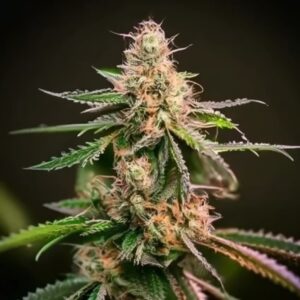


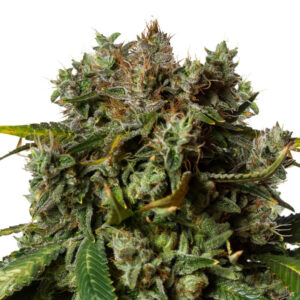

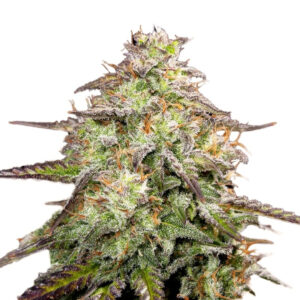







Related Posts
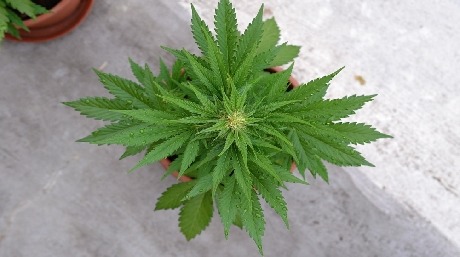
You come across the term auto-fem seeds everywhere when you look around for weed seeds. But what are they?

You’ve probably heard of the two most popular ways to grow cannabis plants: hydro and soil. But which one is right for you? In this article, we’ll take a look at the pros and cons of each method so you can make an informed decision.
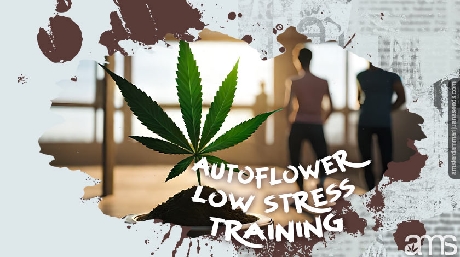
You may have heard that autoflowering cannabis plants are low-maintenance and don’t require a lot of training, and that is true – but there are still ways you can help your cannabis plant produce more buds and increase your yields. One technique is called low stress training, or LST for short. Read on to learn how to properly low stress train your autoflowers for maximum results.